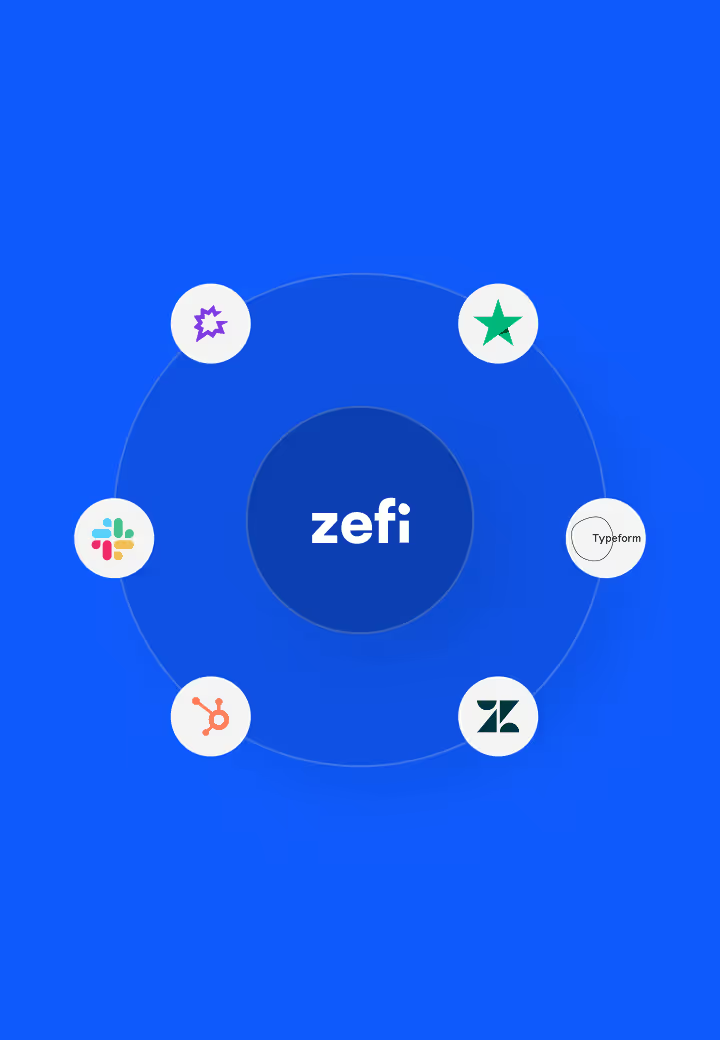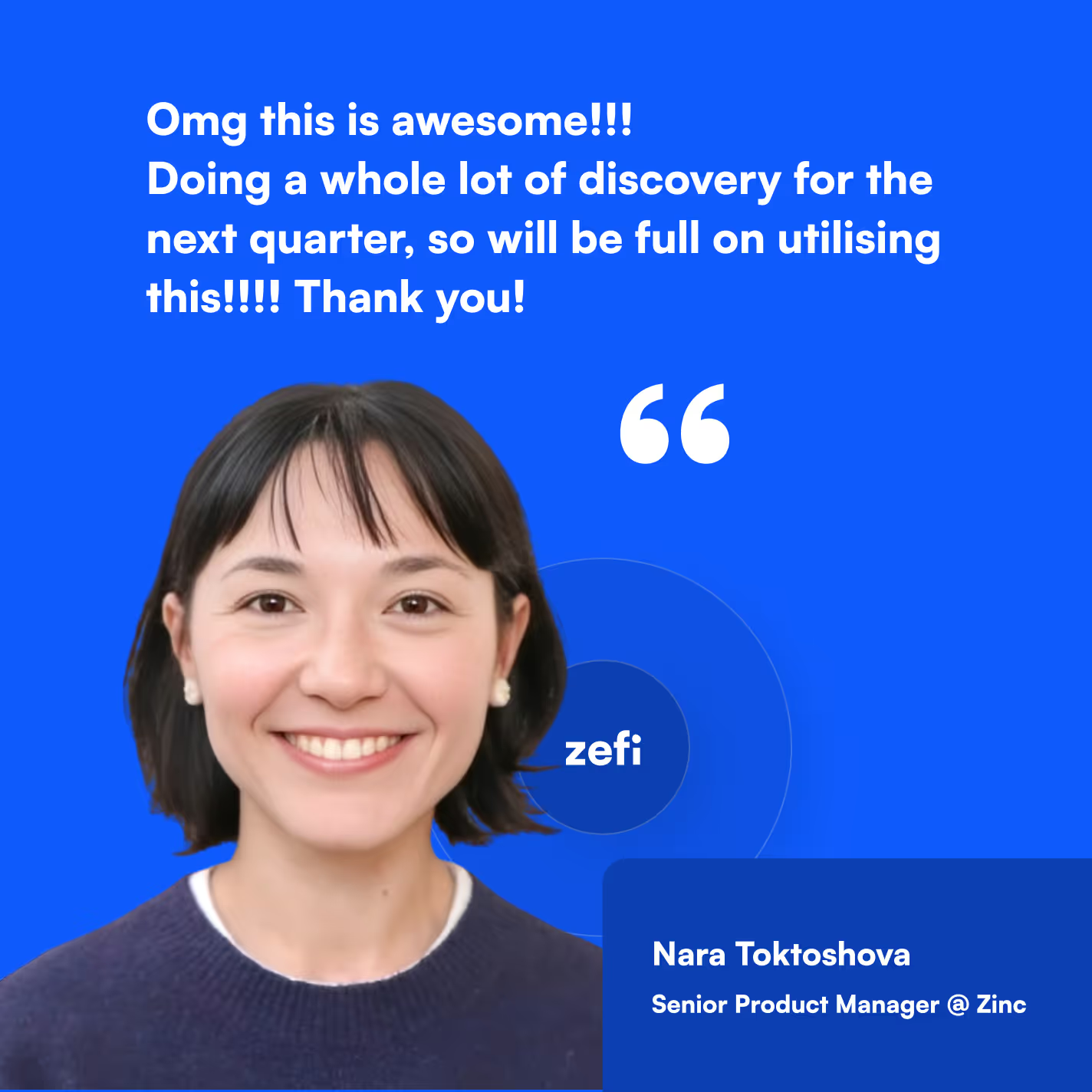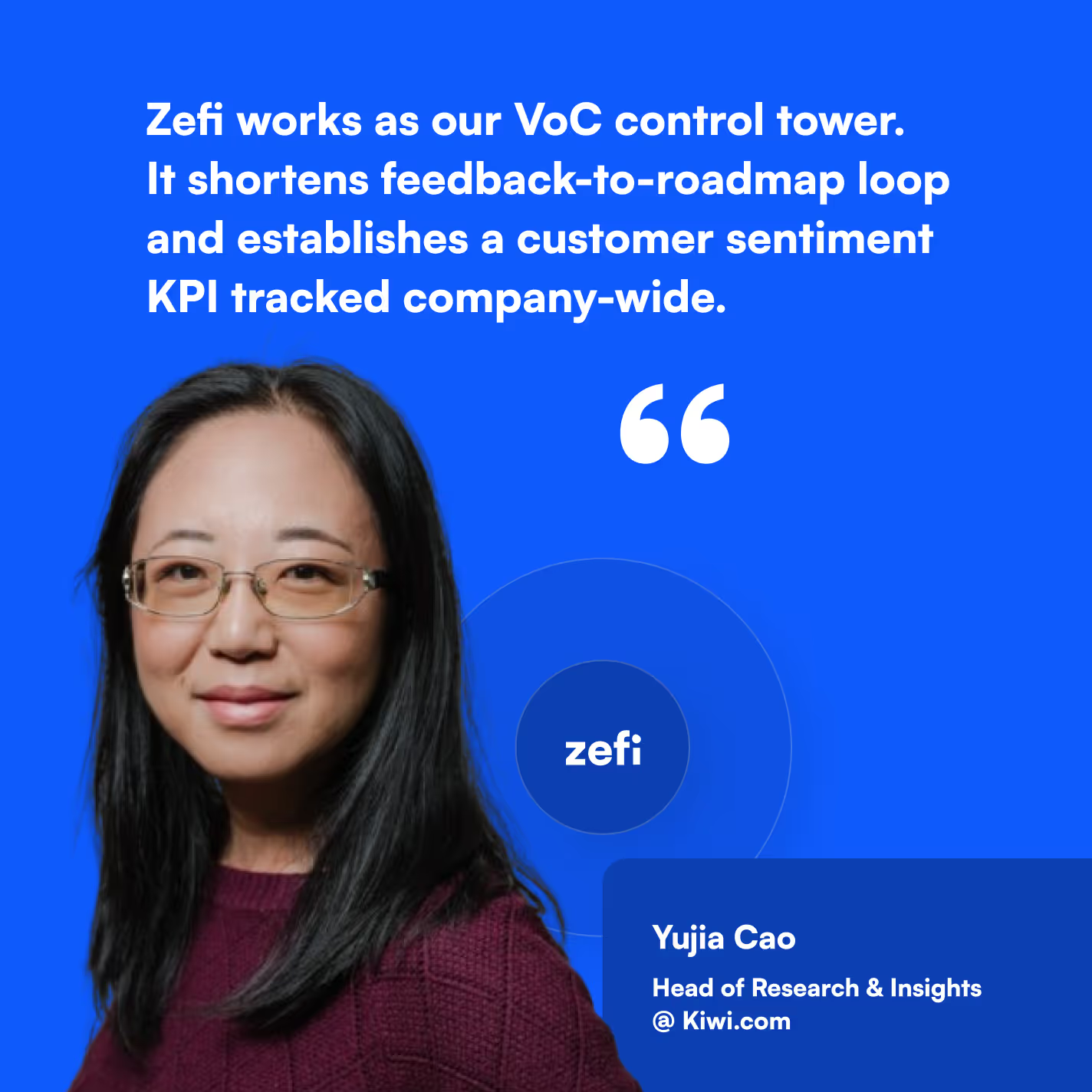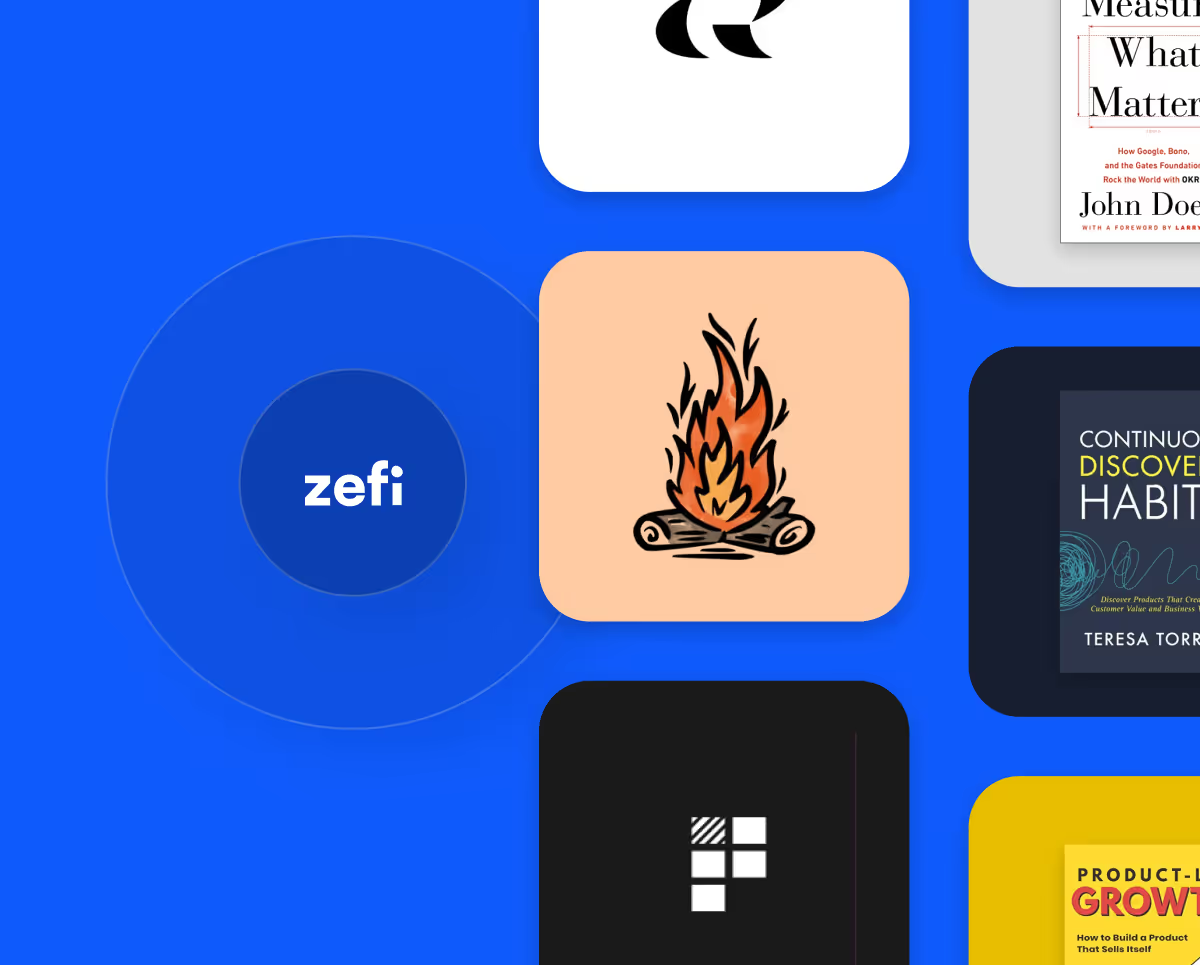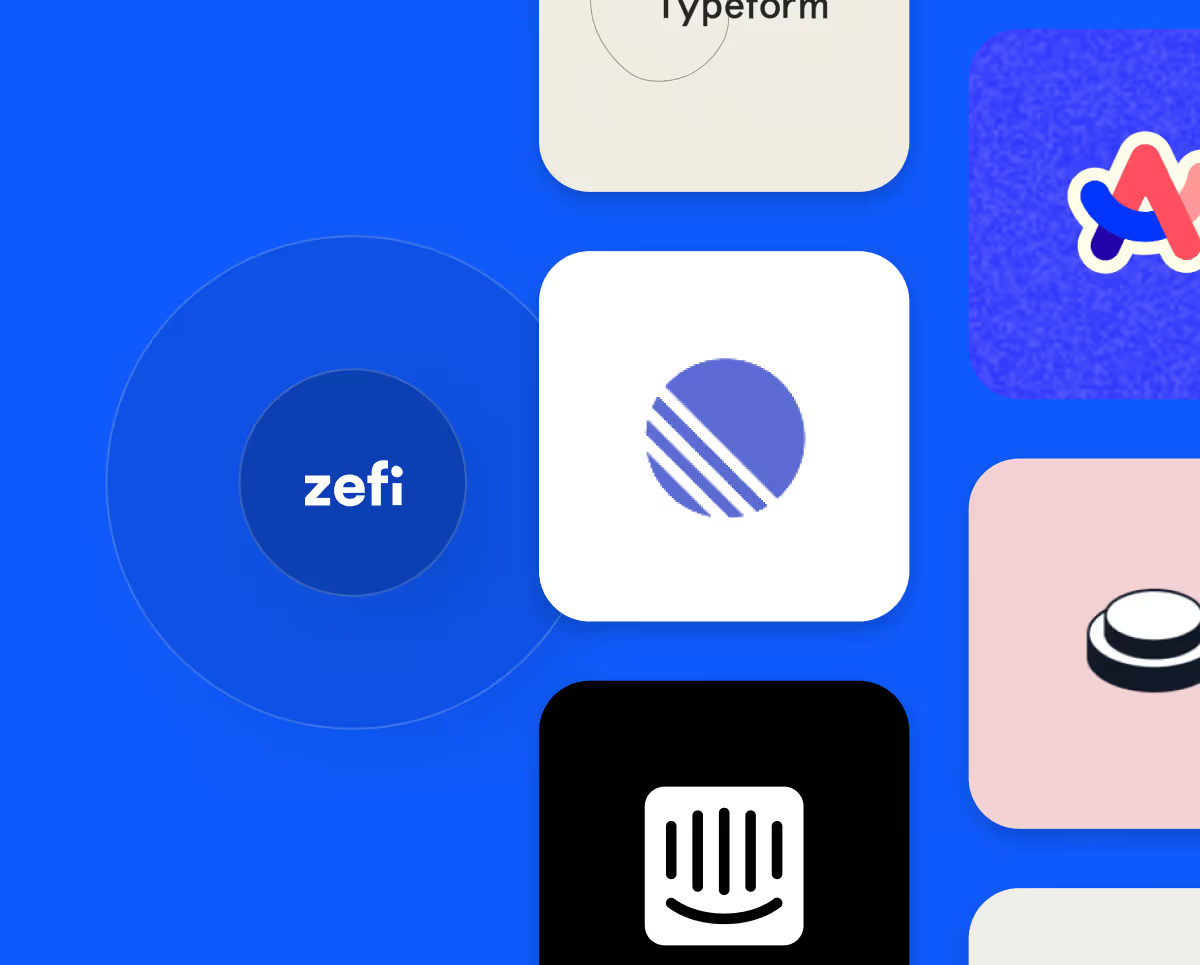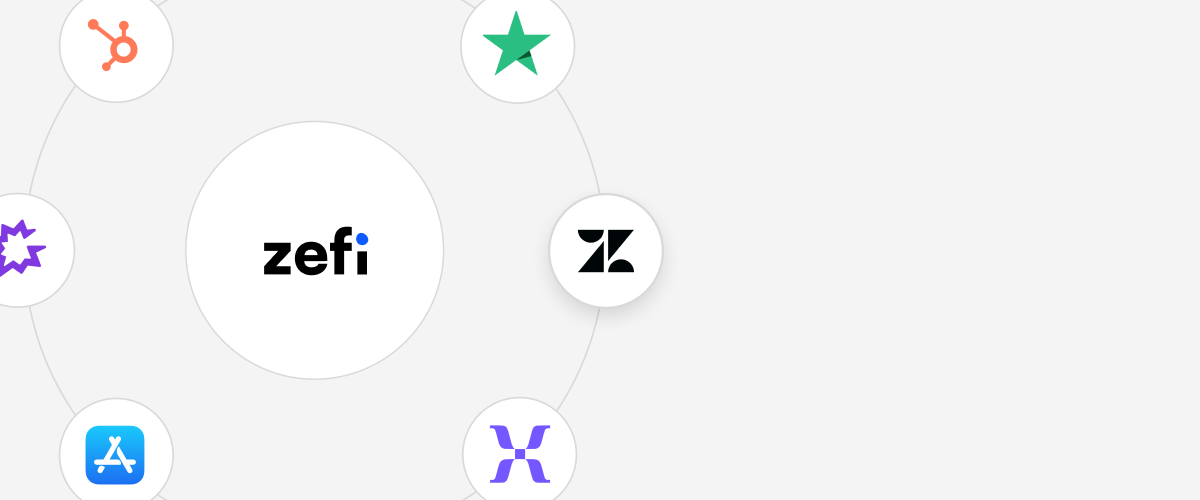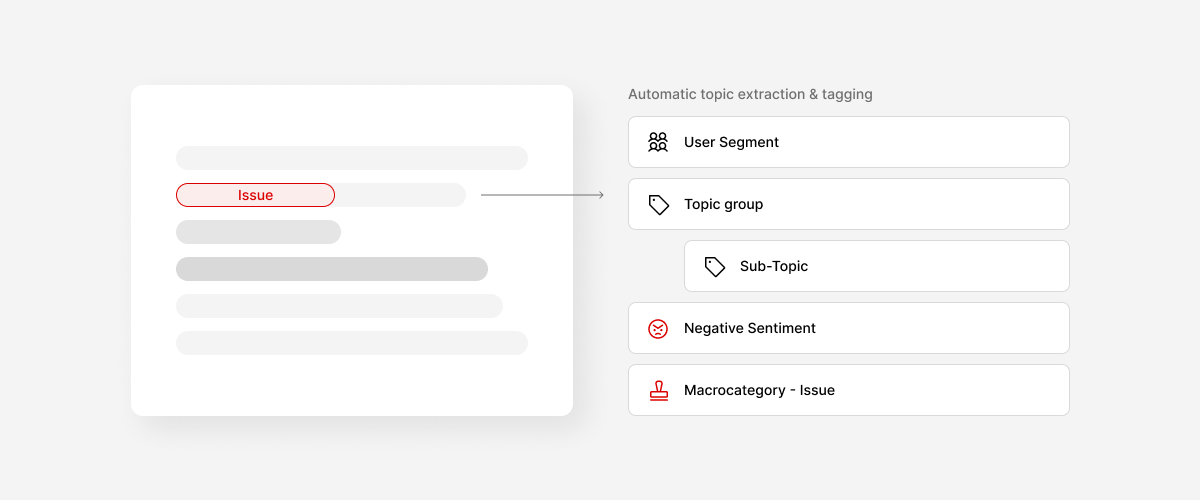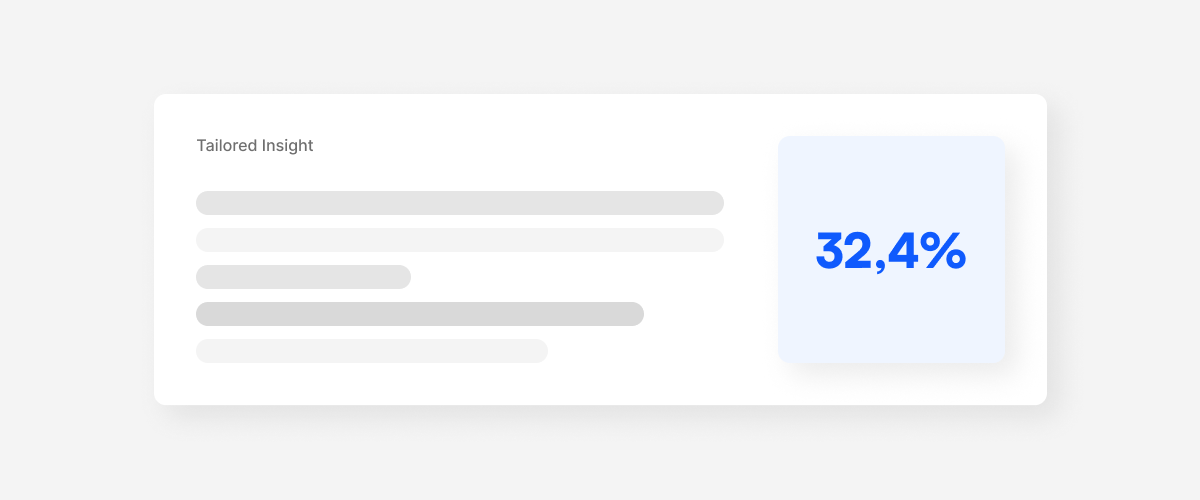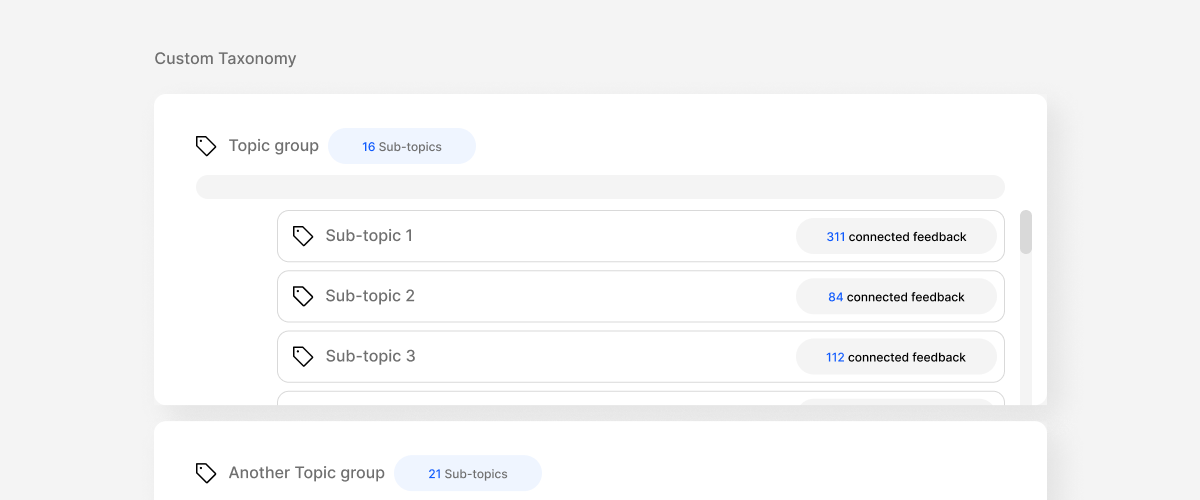Divergent Thinking for Product Leaders
What is Divergent Thinking?
Imagine a problem like a locked door. Convergent thinking is like trying one key at a time until you find the right fit. Divergent thinking, on the other hand, is like gathering a toolbox of different tools and approaches to explore various ways to unlock the door.
Divergent thinking is a thought process where you generate a wide range of ideas and solutions to tackle a challenge. Unlike convergent thinking, which focuses on finding a single best answer, divergent thinking encourages exploration and brainstorming multiple possibilities.
For instance, if you aim to boost engagement in your fitness app, convergent thinking might lead you to simply refine notifications. Divergent thinking, however, would open doors to diverse solutions like gamifying the app, collaborating with fitness influencers, or creating personalized workout plans and user forums. It's about expanding your perspective to find the most effective strategies, not just one.
Why is Divergent Thinking Important for Product Leaders?
In the fast-paced world of product development, relying solely on traditional methods might not yield groundbreaking results. Divergent thinking acts as a key to unlock creativity and innovation, allowing you to explore a wider range of solutions.
This approach encourages your team to consider a problem from various angles and perspectives, leading to more innovative solutions. It fosters an environment where "out-of-the-box" ideas are not only accepted but actively encouraged. This expansive thinking can be the difference between creating a good product and one that revolutionizes the market.
Harnessing the Power of Divergent Thinking:
Here are some tools to integrate divergent thinking into your product leadership:
- Brainstorming Sessions: Gather your team for idea-generation sessions where no idea is too "out there."
- Mind Mapping: Visually explore different aspects of a problem or opportunity using mind maps.
- Open Dialogue: Create a safe space where team members feel comfortable sharing unique perspectives.
- Scenario Planning: Envision various future scenarios, both positive and negative, and consider different strategies for each.
- Rapid Prototyping: Develop low-fidelity models of different solutions to test their viability without significant resource commitment.
- Iteration and Adaptation: Continuously learn from results and evolve your thinking and approach.
When to Embrace Divergent Thinking:
Divergent thinking can be a valuable tool in various situations:
- Problem Identification: When you're unsure of the exact problem, divergent thinking can help you define it more clearly.
- Idea Generation: During early product development stages, it's crucial to explore multiple features and pathways.
- Strategic Planning: When setting your long-term vision and goals, exploring various strategic options is beneficial.
- Crisis Management: Unexpected challenges often require quick, innovative solutions that divergent thinking can provide.
- Product Iteration: Before committing to specific updates or features, using divergent thinking can ensure you explore all viable options.
By embracing divergent thinking at the right times, you and your team can equip yourselves with the skills necessary for long-term innovation and leadership in the product landscape.


